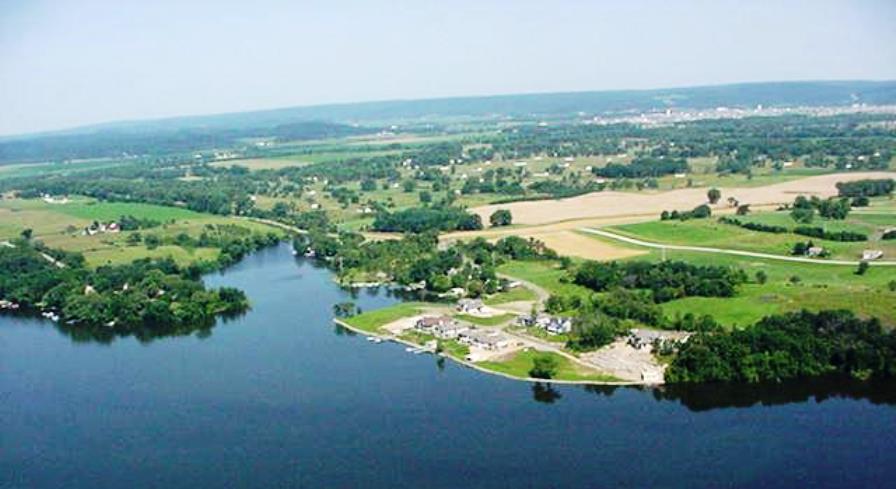 A new report from the U.S. Army at Badger Army Ammunition Plant describes the extent and volume of mercury-contaminated sediments at Gruber’s Grove Bay on Lake Wisconsin, underscoring the necessity for the Army’s planned removal of polluted sediments in 2020. The Army estimates that approximately 54,120 cubic yards of mercury-impacted sediments remain in place, despite two previous dredge actions.
A new report from the U.S. Army at Badger Army Ammunition Plant describes the extent and volume of mercury-contaminated sediments at Gruber’s Grove Bay on Lake Wisconsin, underscoring the necessity for the Army’s planned removal of polluted sediments in 2020. The Army estimates that approximately 54,120 cubic yards of mercury-impacted sediments remain in place, despite two previous dredge actions.
Based on the analytical results from both the 2016 and 2018 sediment sampling, approximately 17.27 acres of Gruber’s Grove Bay still contain mercury-contaminated sediment at concentrations exceeding the Most Probable Background Concentration (MPBC) of 0.36 milligrams per kilogram, according the April 2019 Army report.
During active production years, Badger Army Ammunition Plant discharged wastewater to Lake Wisconsin resulting in the contamination of lake bottom sediments. In addition to mercury, sediment contaminants include lead, copper, arsenic, ammonia, nitroglycerine, PCBs, and methylmercury.
The primary public health concern associated with mercury in the bay is contamination of fish tissue, according to the Wisconsin DNR. Mercury accumulates in fish tissue as methylmercury. This form of mercury presents the greatest risk to human health through consumption of contaminated fish. Previous testing by the Army confirmed that mercury levels in game fish caught in Gruber’s Grove Bay are higher than found in fish in the rest of the Wisconsin Riverway.
Infants in the womb can be exposed to methylmercury when their mothers eat fish and shellfish that contain methylmercury. This exposure can adversely affect unborn infants’ growing brains and nervous systems. These systems may be more vulnerable to methylmercury than the brains and nervous systems of adults are.
Grubers Grove Bay Remedial Plan Status April 2019 (large file)
